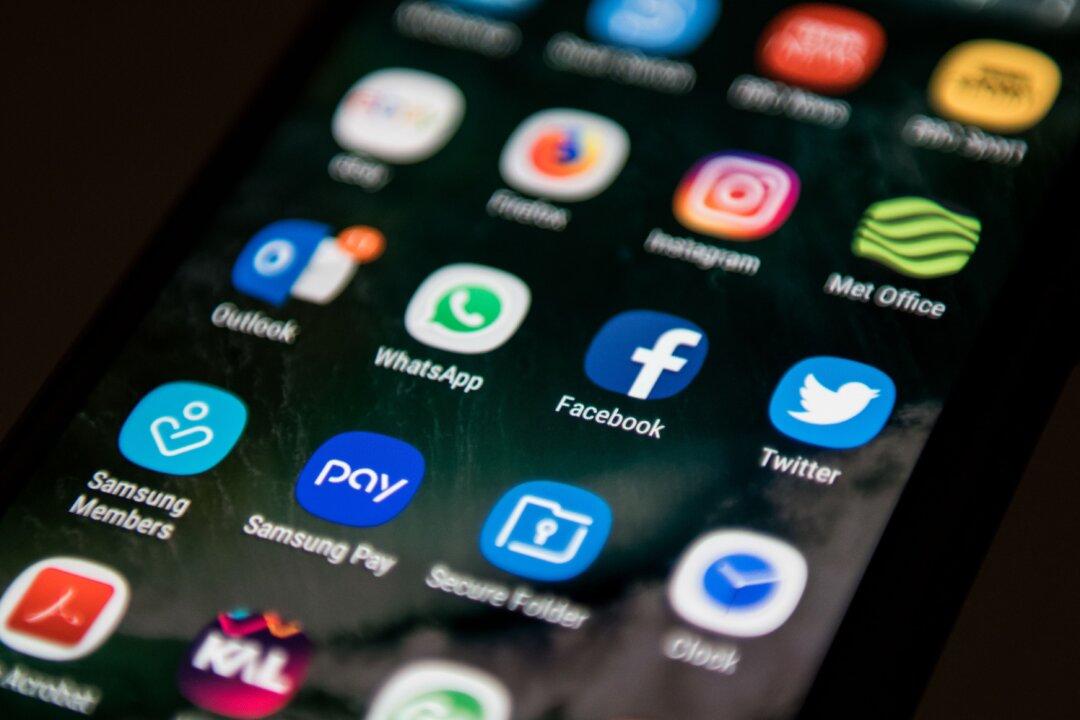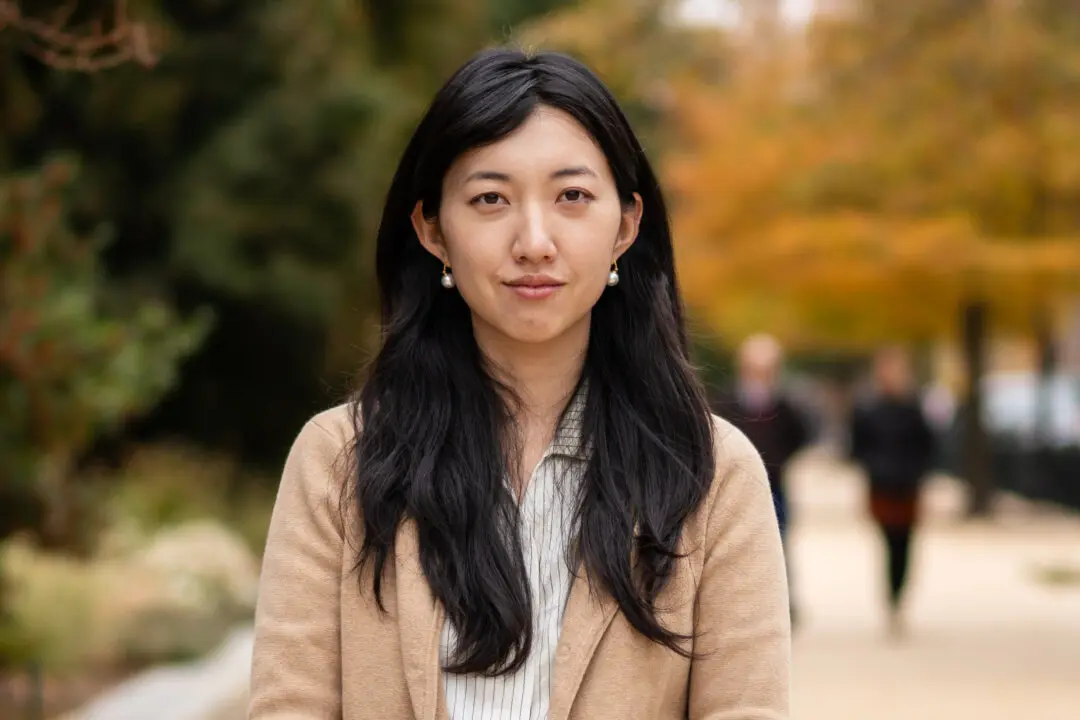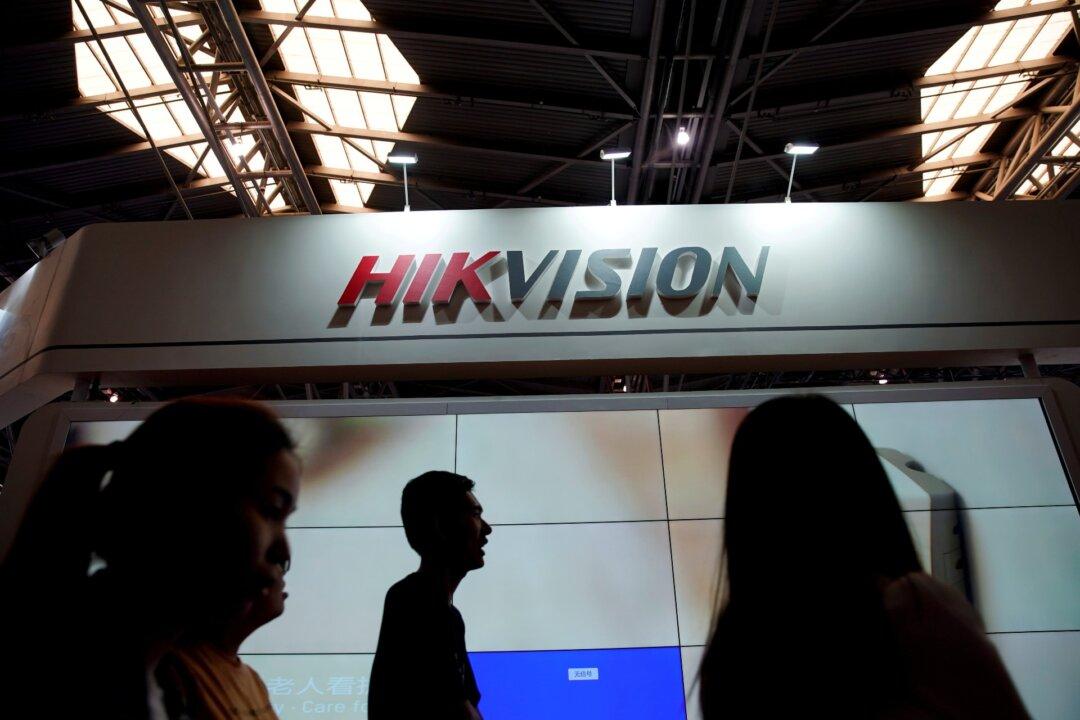The continuing protests in Hong Kong are highlighting how the Chinese regime uses Western social media to push its propaganda in a bid to shape public opinion abroad.
Last week, Twitter, Facebook, and YouTube suspended hundreds of accounts linked to a Chinese regime information operation seeking to undermine the protest movement in Hong Kong.





